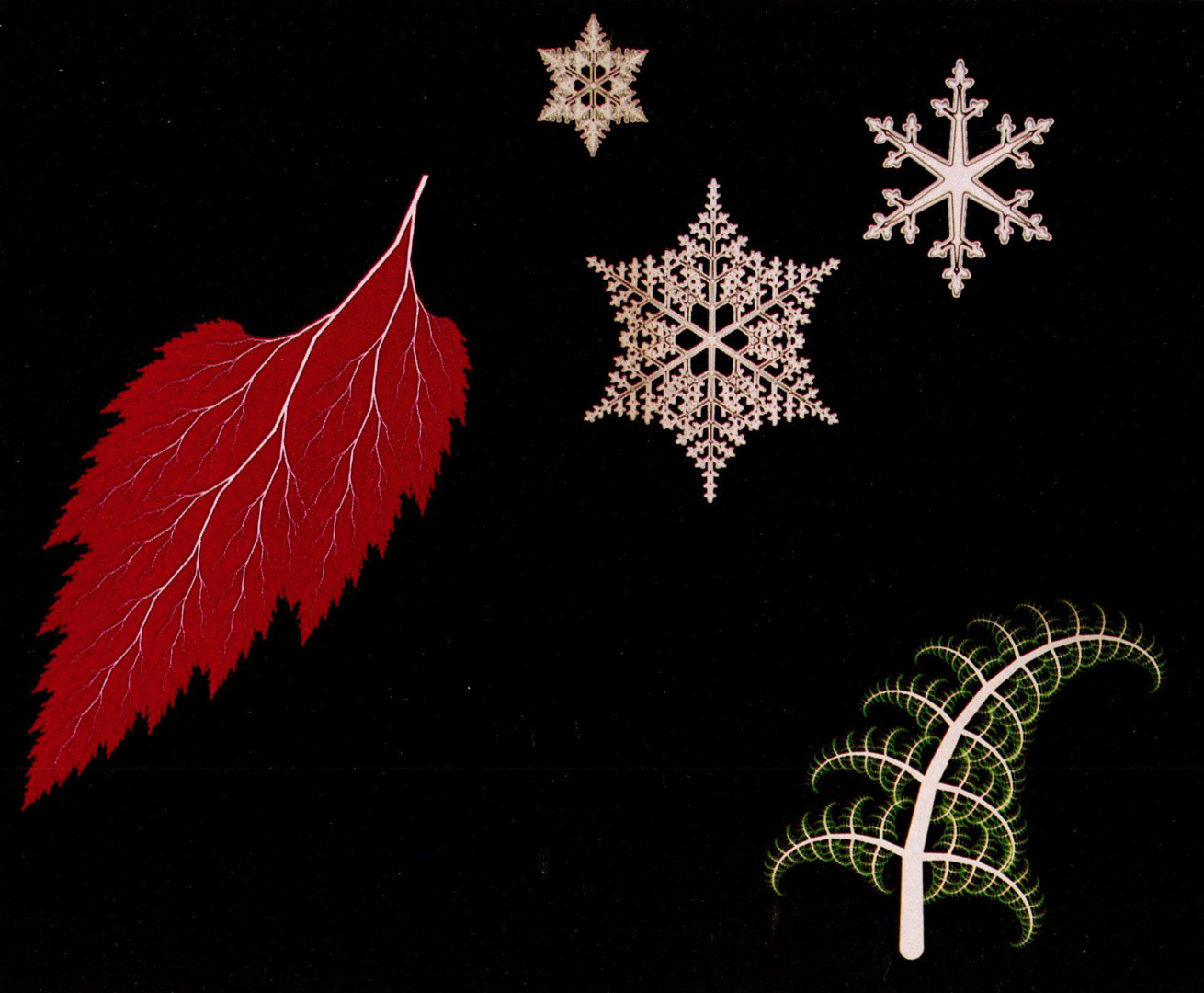“Real time design and animation of fractal plants and trees” by Oppenheimer
Conference:
Type(s):
Title:
- Real time design and animation of fractal plants and trees
Presenter(s)/Author(s):
Abstract:
The goal of science is to understand why things are the way they are. By emulating the logic of nature, computer simulation programs capture the essence of natural objects, thereby serving as a tool of science. When these programs express this essence visually, they serve as an instrument of art as well.This paper presents a fractal computer model of branching objects. This program generates pictures of simple orderly plants, complex gnarled trees, leaves, vein systems, as well as inorganic structures such as river deltas, snow flakes, etc. The geometry and topology of the model are controlled by numerical parameters which are analogous to the organism’s DNA. By manipulating the genetic parameters, one can modify the geometry of the object in real time, using tree based graphics hardware. The random effects of the environment are taken into account, to produce greater diversity and realism. Increasing the number of significant parameters yields more complex and evolved species.The program provides a study in the structure of branching objects that is both scientific and artistic. The results suggest that organisms and computers deal with complexity in similar ways.
References:
1. Allen, R., Oppenheimer, P., The Palladium (Video), New York Institute of Technology, 1985
2. Aorta, M., Kunii, T.L., Botanical Tree Image Generation, IEEE Computer Graphics and Applications, Vol. 4, No. 5, May 1984
3. Bentley, W.A., Humphreys, W.J., Snow Crltstalw, Dover Publications rnc.,New York, 1962 (Originally McGraw Hill, 1031)
4. BloomenthM, J., Madding the Mig~tty Maple, Computer Graphics, Vol. 19, No. 3, July 1985.
5. Bloomenthal, J., Nature a{ New York Tech, IEEE Computer Graphics and Applications, Vol. 6, No. 5, May 1986
6. Cole, V.C., The Artietic Anatomll of Trees, Dover Publications Inc., New York, 1965 {Originally Seeley Service & Co, London, 1~15)
7. Demko, S., Hodges, L., Naylor, B., Conetruction of Fractal Objects with Iterated Function Systems, Computer Graphics, Vol. 19, No. 3, July 1985.
8. De Reffye, P., Edelin, C., Francon, J., Puech, C., L’Atelier de Modeli#ation de L ‘Architecture des Planers, (illustrated man uscript), 1986
9. Eyrolles, G., Francon, J., Viennot, G., Combinatoire pour {a Synthese d’lmages de Planers, Cesta: Deuxieme Colloque Image, Vol. 2, Nice, April 1986
10. Gardiner, G., Simulation of Natural Scenes Using Teztured quadric Surfaces, Computer Graphics, Vol. 18, No. 3, July 1984.
11. Kawaguchi, Y., A MorpAological Study of tar Form of Nature, Computer Graphics, Vol. 16, No. 3, July 1982.
12. Klee, P.,On Modern Art, (tr. Paul Findlay) Faber Ltd., London, 1948
13. Mandelbrot, B., Fractals: Form, Chance and DimenMon, W.H. Freeman and Co., San Francisco, 1977.
14. Mandelbrot, B., The Fractal GeometrU of Nature, W.H. Freeman a~d Co., San Francisco, 1982.
15. Marshall, Ft., Wilson, R., Carlson, W., Procedural Models for Generating Three.Dimensional Terrain, Computer Graphics, Vol. 14, No. 3, July 1980.
16. Oppenheimer, P., Constructing an Atlas of Self Similar Sets (thesisI Princeton University, 1979.
17. Oppenheimer, P., The GeneMs Al~oritAr~ The Sciences, Vol 25, No 5., 1985.
18. Queau, P., Eloge de la Simtdation, Champ Vallon, France, 1986
19. Reeves, W., Particle Stlstems–A Technique for Modelin9 a Class of Fuzzll Objects, Computer Graphics, Vol. 17, No. 3, July 1983.
20. Reynolds, C., Arch Fraetal, Computer Graphics (Front Cover), Vol. 15, No. 3, August 1981.
21. Serafini, L., Code2 Seraphinianus, Abbeville, New York, 1983.
22. Smith, A.R., Plants, Fractals, and Formal Languafes, Computer Graphics, Vol. 18, No. 3, July 1984.
23. Stevens, P.S., Patterns in Nature, Little, Brown, and Co. Boston, 1974.




